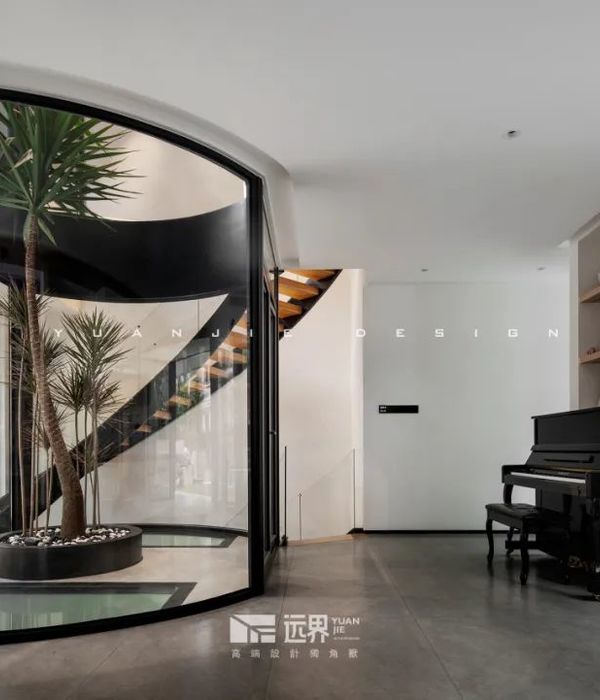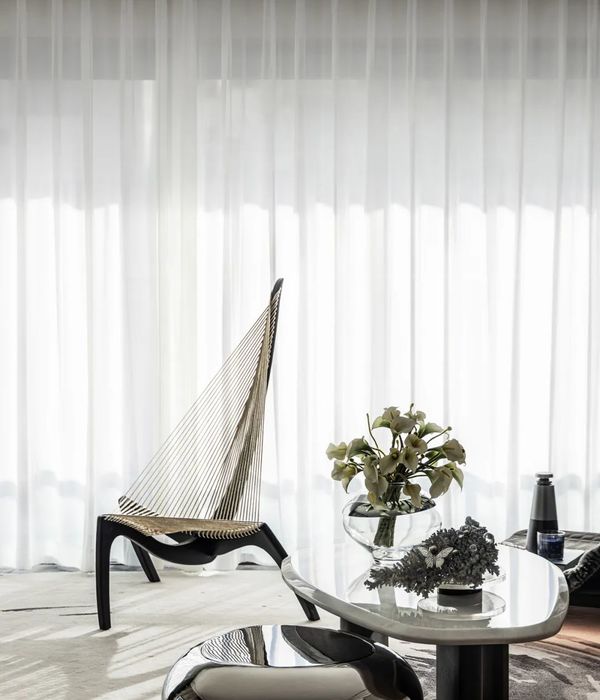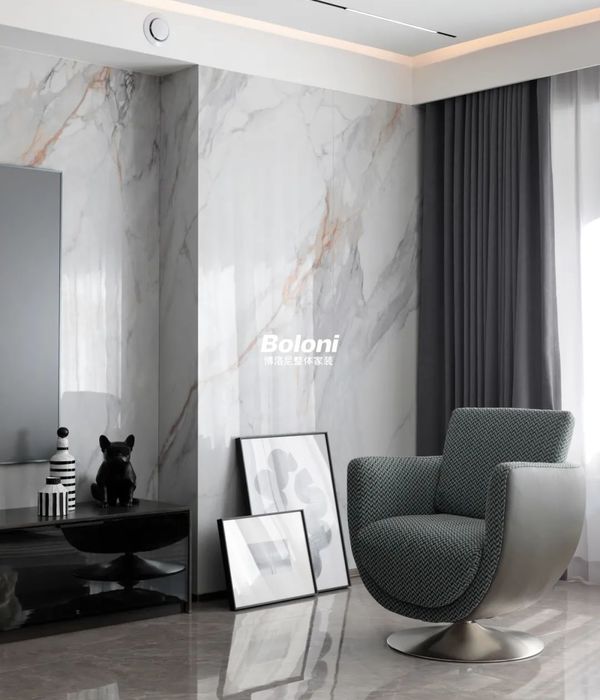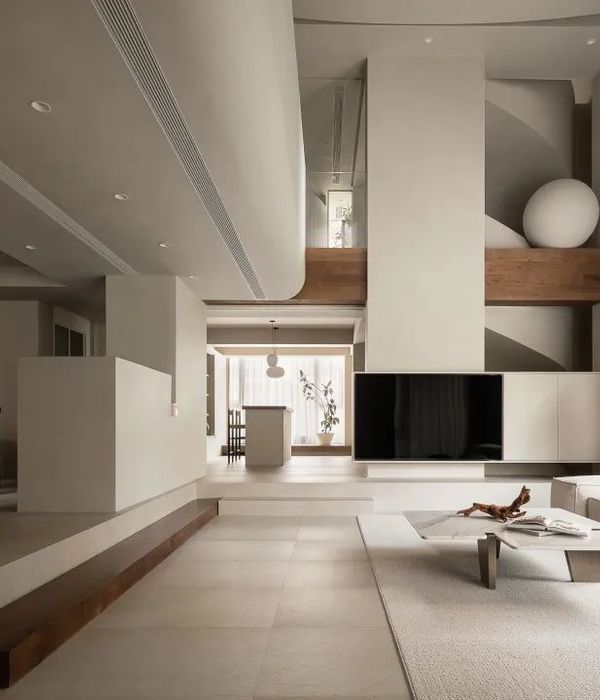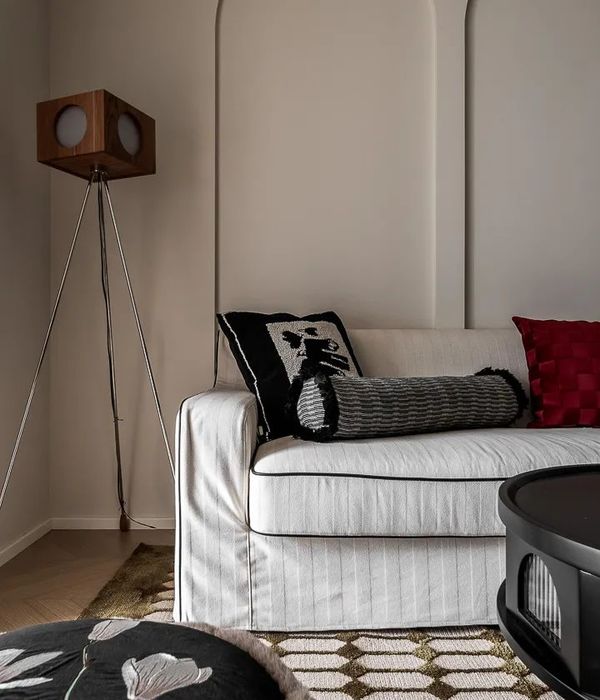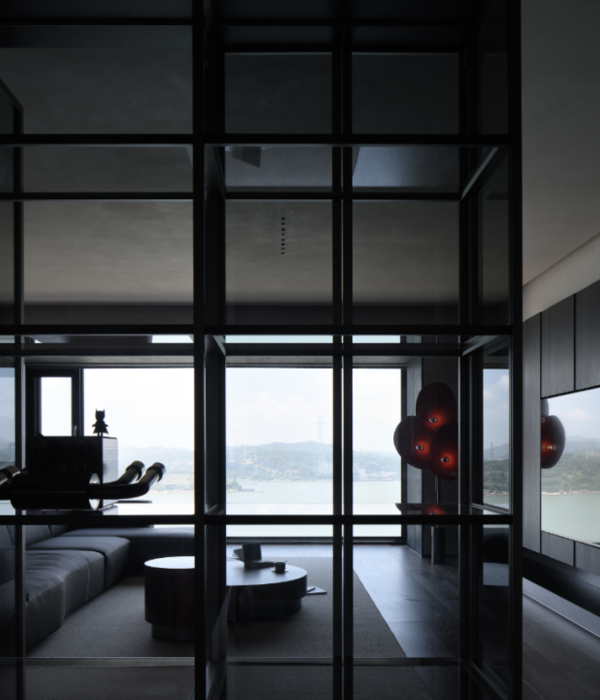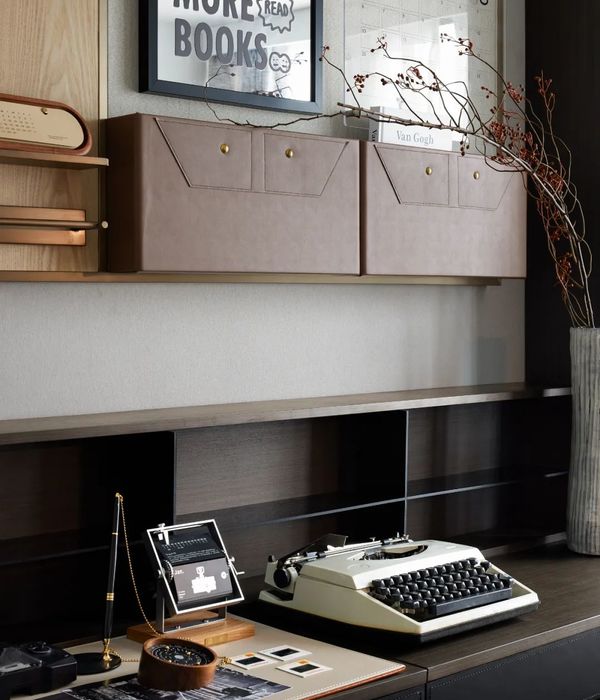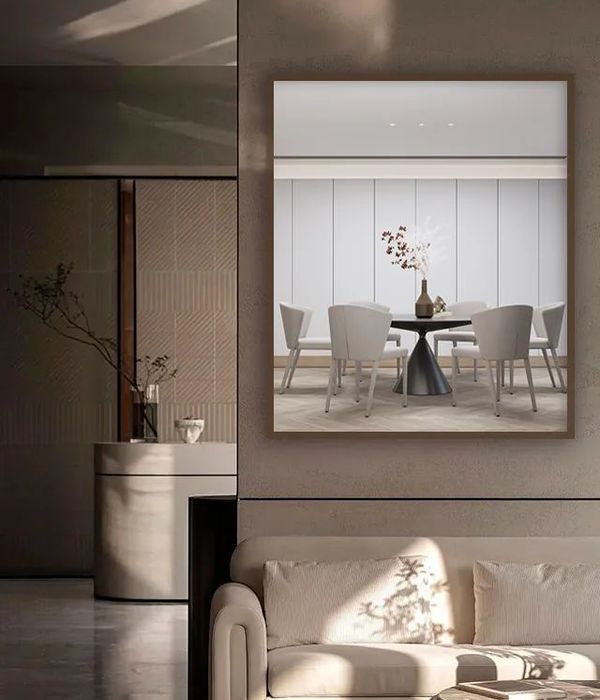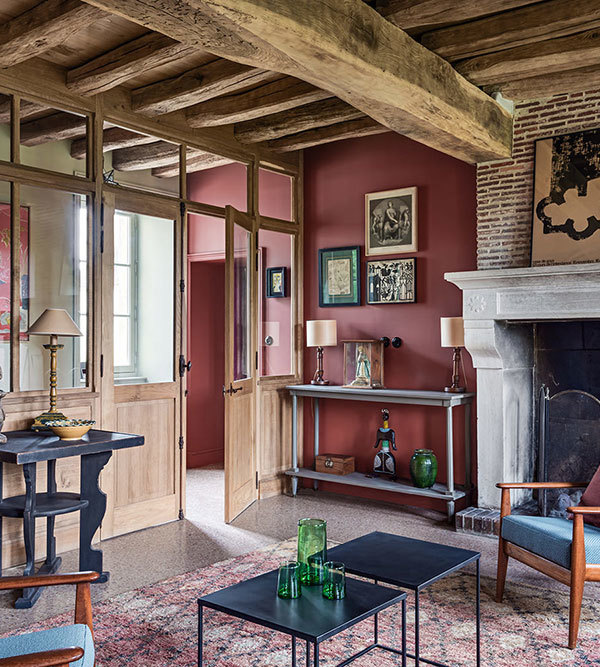This Vancouver lane house offers a contemporary expansion to a traditional home. The design creatively bridges the indoor/outdoor divide and achieves efficient space planning in a small structure. The existing two-storey home with a partially sunken basement was recently renovated to update the interior to suit the owners’ contemporary tastes. The rear yard is the property’s private space where everyday life happens. The kitchen and family room open onto a small deck. A half flight of stairs leads down to the rear garden, parking area, and lane.
As the family grew, the owners needed to expand their living space; the opportunity arose to build a lane house that would attract family and visitors. The space needed to be welcoming and functional for year-round use, serve as a big-screen theatre getaway, be a self-contained guest house for out-of-town visitors, and provide a spot for entertaining and cooking without the need for repeated trips up the stairs to the main house to replenish refreshments. The lane house living area features two sets of foldaway doors designed without a corner post, which creates a seamless indoor/outdoor relationship. To achieve this effect, the structural post was pulled outboard of the footprint of the building. The ceiling of the living area is vaulted up towards the main house, allowing the light of the evening sun to flow into the lane house, while also providing clear communication and sightline to the deck and kitchen of the existing home.
A significant design challenge was the municipal requirement to retain the tree adjacent to the lane. The setbacks and parking area of the laneway needed to be maintained, but the tree required an 8’ x 8’ corner to be removed from the 24’ x 19’ available footprint. The solution was to design the stair that leads up to the bedroom over the root protection zone, maintaining water and air infiltration to the soil for the tree. This design incorporated a cantilevered landing to support the roof and cranked steel gussets for the stair stringers hidden from view within the wall structure.
The texture of high-quality materials provides a richness that greatly enhances the attraction of the space. This effect was achieved with wood siding from Nakamoto Forestry. Yakisugi (often called "shou sugi ban”) is a maintenance-optional wall and ceiling cladding made from cypress and intensely burned as a preservative heat treatment using a traditional Japanese millwork process. The heat treatment burns off hemicellulose, making the planks insect- and fungus-resistant, and increases the surface temperature of combustion to improve fire resistance. The addition of the lane house has created a rear yard that is an inviting and active space year-round, maintaining a strong connection to the main house.
{{item.text_origin}}

